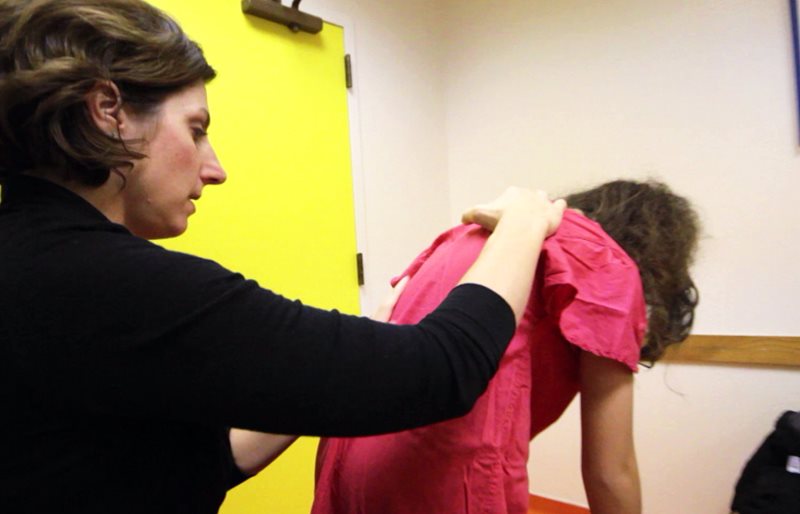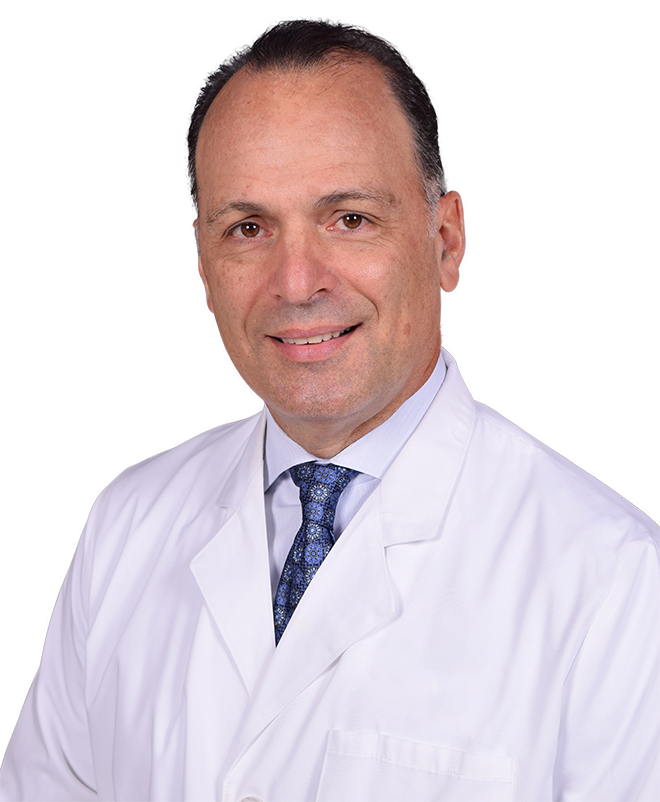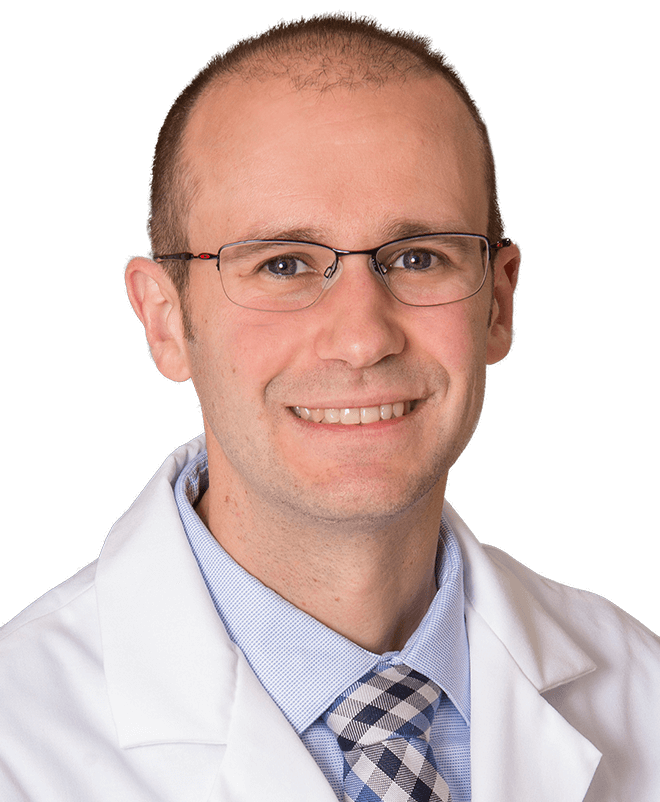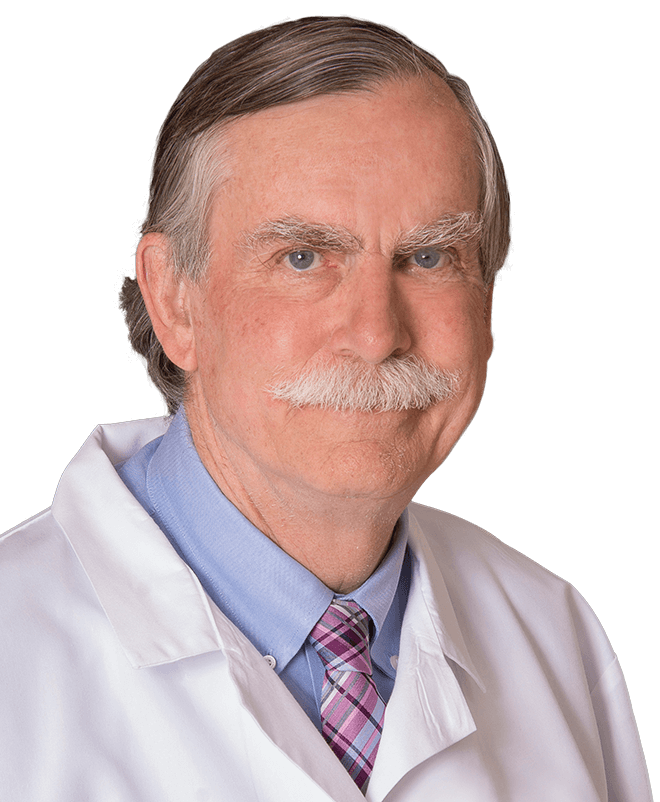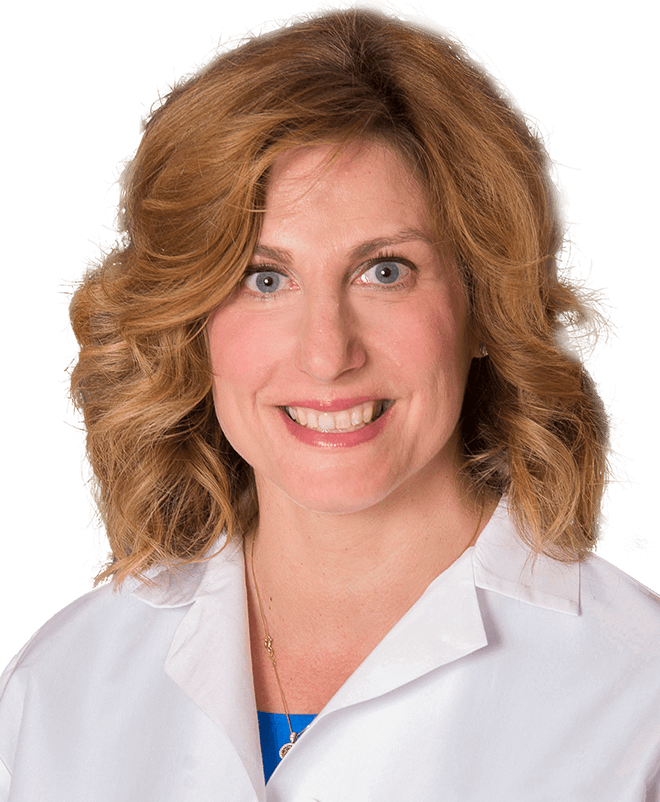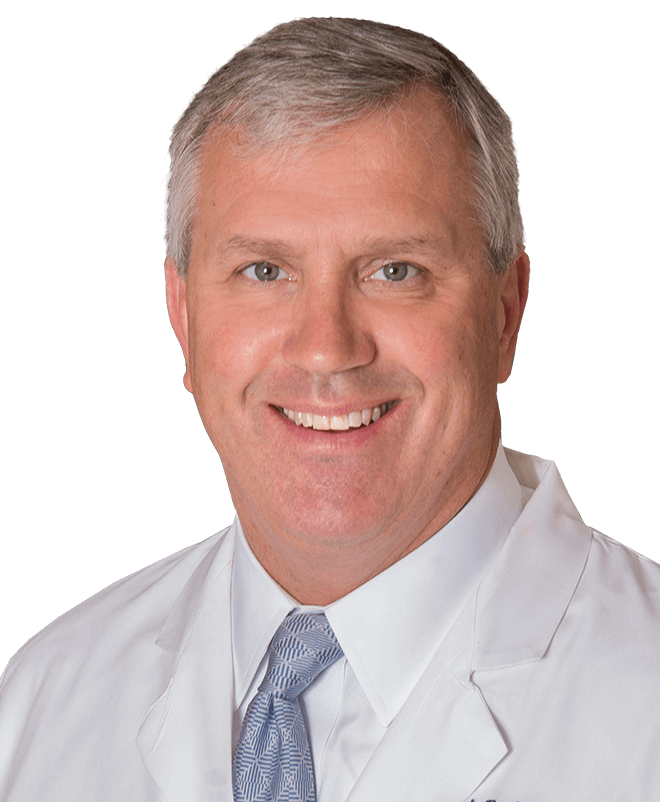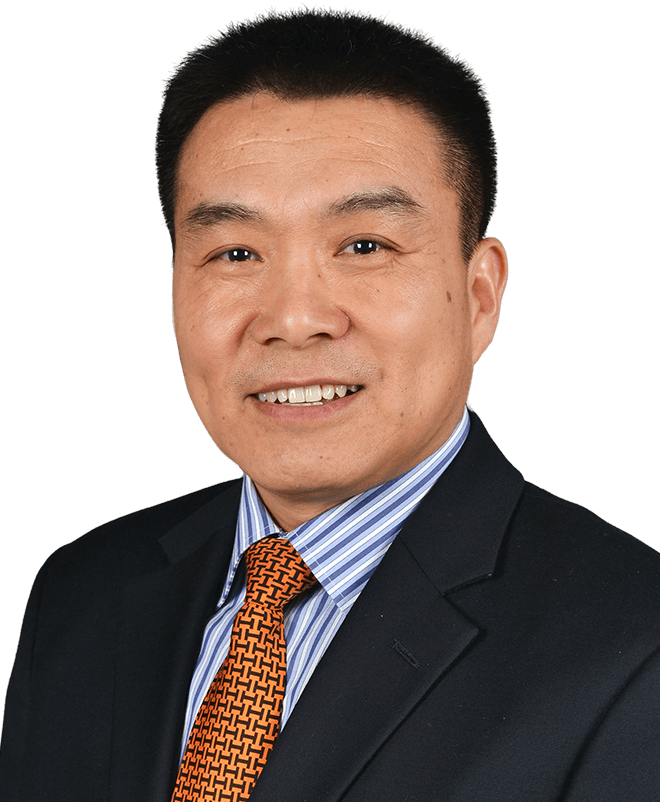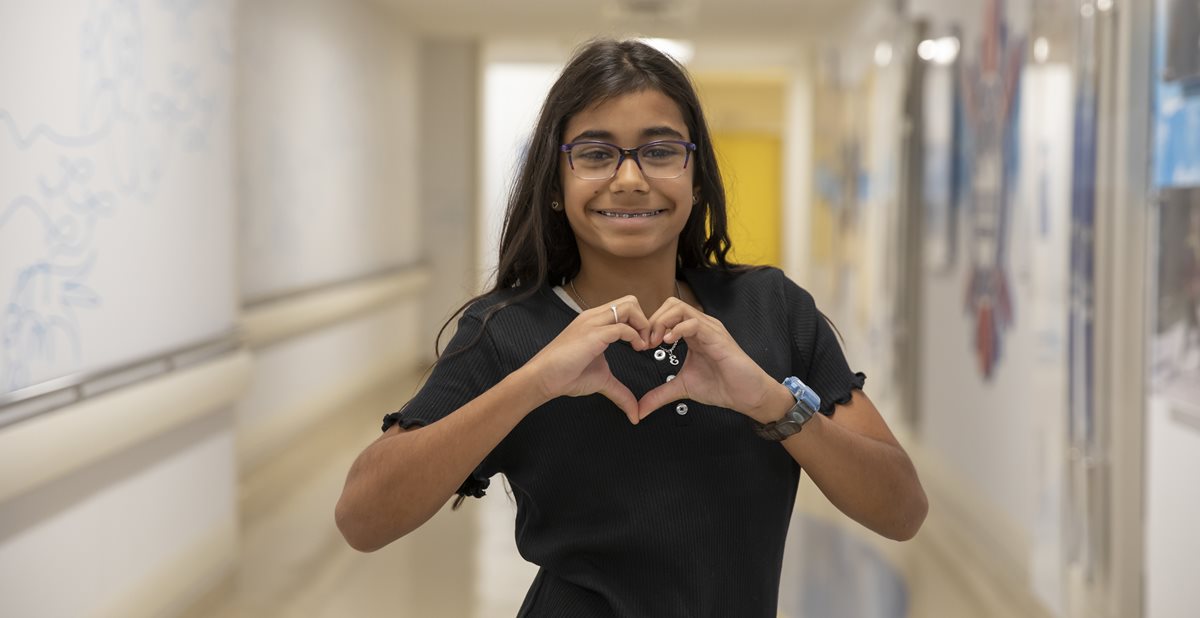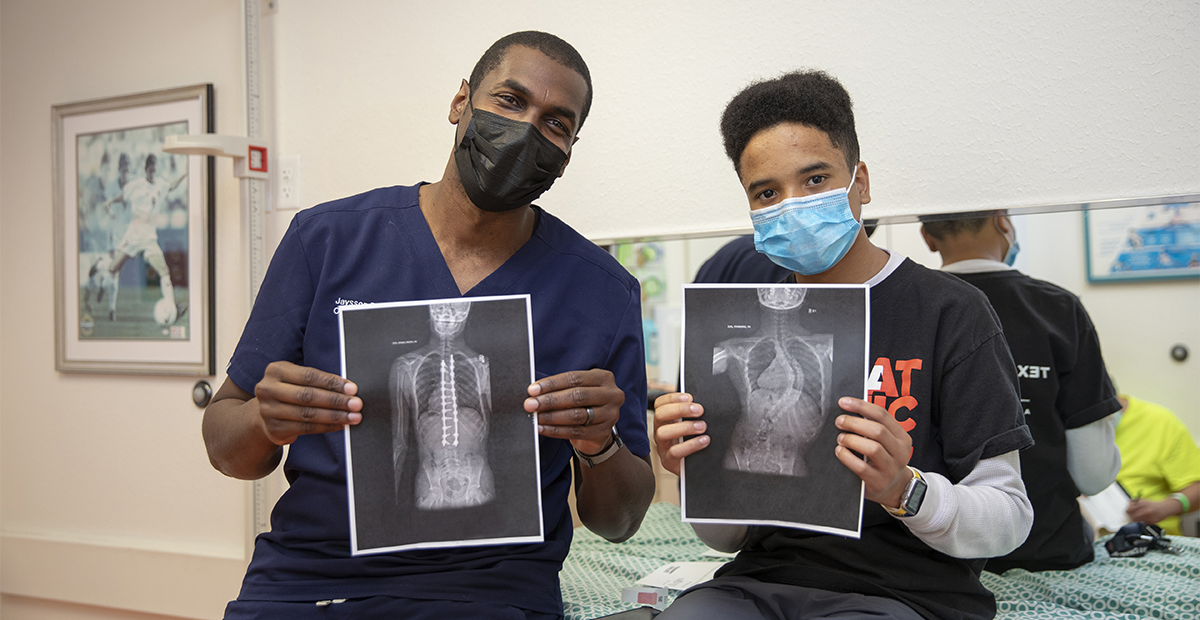Early onset scoliosis (EOS) can be defined as patients with scoliosis who are under 10 years of age. Since these patients are very young, it is an extremely challenging clinical problem as scoliosis progression is highly dependent on the growth of the spine. The goal of this study is to determine clinical and radiographic outcomes in a series of patients with early onset scoliosis treated by multiple methods – operative and nonoperative.
In addition to the typical treatments of bracing and fusion surgeries performed in other types of scoliosis, these young patients have other options that are necessary to try to maintain continued growth of the spine using traditional growing rod techniques, the MAGEC™ (MAGnetic Expansion Control) system and casting for a cure. We have several hundred patients enrolled in this study.
Our early onset scoliosis patients are also enrolled in collaborative research efforts with other leading institutions through the Growing Spine Study Group. Although this is a rare condition, Scottish Rite for Children has a high volume of patients who are diagnosed with EOS. Collaboration with multiple centers is critical and allows our team to study this complex and challenging disease much more thoroughly.
Inclusion criteria
- Spinal deformity with any diagnoses
- Onset of scoliosis under the age of 10
This project is led by the Molecular Genetics team, in collaboration with the Orthopedics department. Previously, the study included a genetic analyses of a limited number of early onset scoliosis (EOS) cases. Now, additional funding has provided the opportunity to expand this study to 100 EOS patients and to collaborate with several other orthopedists located throughout the United States.
Through this combined effort we expect to define the genetic basis of certain forms of EOS that are currently poorly understood. Our goal is to translate our results into better understanding of EOS pathogenesis and to provide clarity that will improve the care of patients and families living with EOS.
Funding through OREF made possible by Dr. John and Mrs. Kim Callaghan, The Scoliosis Research Society, The Pediatric Orthopaedic Society of North America, Medtronic Inc., DePuy Synthes and Zimmer Biomet.
Adolescent idiopathic scoliosis (AIS) is the most common type of scoliosis and is treated with observation, bracing or surgery. The surgical treatment of scoliosis has dramatically changed over the last 15 years with improvements in implant design, surgical technique and preoperative and postoperative protocols to maximize patient outcomes while limiting hospital stay.
The Prospective Pediatric Scoliosis Study (PPSS) is actively recruiting patients between the ages of 10 and 21 who are having their AIS surgically treated. The goal of this study is to utilize information gathered from the surgical procedure, clinic visits, X-rays and patient questionnaires to determine the best forms of treatment for AIS and to observe the outcomes of those patients at two, five and ten years after their surgery.
Inclusion criteria
- Includes all idiopathic spine deformities
- Ages 10 and up
- Operative patients only
The sagittal plane (the front-to-back shape) of one’s spine is the best predictor of long-term health of the spine. Kyphosis is defined as the curvature one sees on the lateral X-ray in the thoracic (chest area) of the spine and is normal up to 45 degrees. Beyond that degree, the kyphosis is considered abnormally high, can progress with time, can be painful and is often a cosmetically concerning condition. The indications for treatment have not been well agreed upon as the natural history (course without treatment) is not well known, and the surgery to achieve correction is significant.
The Prospective Pediatric Kyphosis Study (PPKS) involves patients diagnosed with pediatric or adolescent kyphosis who are 10 years of age or older and who are treated either operatively or nonoperatively. The long-term goal is to determine the best method of treatment to provide the best outcome for the long-term health of the spine.
Inclusion criteria
- Diagnosis of Scheurmann’s kyphosis
- Ages 10 and up
- Operative and nonoperative
This is a multicenter, prospective database registry being done to help improve the long-term outcomes of surgical treatment of idiopathic scoliosis. The long-term outcomes of surgical intervention have not been thoroughly studied. This database will provide the first systematic, comprehensive collection of long-term data in this patient population – on all curve types with various surgical treatment approaches and instrumentation types.
There are only a few guidelines that help to direct the surgeon to the best approach for a particular form of scoliosis. The goal of this study is to identify in which cases each approach has the best result and to provide a framework for how to evaluate and treat patients in the future.
This is a multicenter study, being conducted by the Harms Study Group to help improve the outcomes of patients with cerebral palsy or neuromuscular scoliosis who undergo spinal deformity surgery. It is the first large-scale prospective, multicenter comparison of spinal fusion outcomes in patients with cerebral palsy, analyzing radiographic and functional outcomes as well as the incidence of complications and comparing various types of surgical interventions and non-operative to surgical intervention in scoliosis patients with cerebral palsy.
Children who have scoliosis associated with other muscle or nervous system diseases or syndromes have been shown to be at the highest risk for infection following surgery for their scoliosis. We are employing a multimodal modern approach to prevent infections in these patients.
The purpose of the study is to decrease the infection rate in scoliosis spinal deformity surgery in patients with a spinal deformity due to an underlying syndrome and neuromuscular (functioning of the muscles) scoliosis. Our goal is to make our patients as healthy as possible, both before and after surgery, to protect them from the risks associated with infections.
Inclusion criteria
- Noncongenital and nonidiopathic scoliosis diagnosis
- Ages 8-20
- Operative cases only
